Chronic Disease Education
Acute Condition Education
Working with your Family Physician
Working with Allied Care Providers
Cardiac Rehabilitation

Knowledge is Power.
True/False - Quiz: Do You Understand Cardiac Rehabilitation?
Information - Cardiac Rehabilitation
 Following a heart attack or heart surgery, your surgeon or physician will probably talk to you about participating in a cardiac rehabilitation program. Some patients with heart disease also join a cardiac rehab program. The goal is not only to help you recover after a heart attack or to manage a heart condition, but also to reduce your risk of developing future heart problems.
Following a heart attack or heart surgery, your surgeon or physician will probably talk to you about participating in a cardiac rehabilitation program. Some patients with heart disease also join a cardiac rehab program. The goal is not only to help you recover after a heart attack or to manage a heart condition, but also to reduce your risk of developing future heart problems.
Cardiac Rehabilitation Phases
The four main points around exercise when recovering from heart disease can be summarized with the FITT principle: frequency, intensity, time and type. There are many cardiac rehab team members involved with cardiac rehabilitation programs, and these may include a cardiologist, physiotherapist, pharmacist, nurse, psychologist and social worker. While your cardiac rehab plan depends on the type of heart condition you had/have and your existing health and lifestyle, there are four phases of cardiac rehabilitation.
The first phase of cardiac rehab may even begin while you’re in the hospital. Your healthcare team will assess your mobility, ensure proper discharge planning and recommend safe exercises. The second phase of cardiac rehab provides support and education, promotes adherence to your exercise and lifestyle plan and offers emotional support. The third phase of cardiac rehab focuses on ongoing exercise training and counselling. The fourth phase of cardiac rehab involves independent exercise and conditioning.
Lifestyle Changes & Heart Health
 A key component of any cardiac rehabilitation program is educating yourself and taking responsibility for your health. You’ll need to be patient and willing to make the necessary changes to restore your health and to reduce your risk of a future heart attack or heart condition. While there are some heart disease risk factors you can’t control, there are some you can, including diet and lifestyle. Up to 80% of premature heart disease and stroke can be prevented through your lifestyle habits. Eating a well-balanced diet can lower your cholesterol and blood pressure and help you lose weight.
A key component of any cardiac rehabilitation program is educating yourself and taking responsibility for your health. You’ll need to be patient and willing to make the necessary changes to restore your health and to reduce your risk of a future heart attack or heart condition. While there are some heart disease risk factors you can’t control, there are some you can, including diet and lifestyle. Up to 80% of premature heart disease and stroke can be prevented through your lifestyle habits. Eating a well-balanced diet can lower your cholesterol and blood pressure and help you lose weight.
A diet low in saturated fat and high in fibre and plant food can reduce your risk of developing heart disease by:
• Improving your cholesterol and blood pressure levels
• Controlling your blood sugar
• Helping you maintain a healthy body weight
There are so many steps you can take towards a healthier heart, including an effective cardiac rehabilitation plan, diet and lifestyle modifications. While it may seem daunting to change your habits, your heart will thank you!
Talk to your cardiologist if you'd like more information on cardiac rehabilitation.
Visit HealthChoicesFirst.com for more videos and resources on heart health.
Print this Action Plan and check off items that you want to discuss with your healthcare provider
-
The first phase of cardiac rehab may even begin while you’re in the hospital. Your healthcare team will assess your mobility, ensure proper discharge planning and recommend safe exercises.
-
The second phase of cardiac rehab provides support and education, promotes adherence to your exercise and lifestyle plan and offers emotional support.
-
The third phase of cardiac rehab focuses on ongoing exercise training and counselling.
-
The fourth phase of cardiac rehab involves independent exercise and conditioning.
-
While there are some heart disease risk factors you can’t control, there are some you can, including diet and lifestyle.



